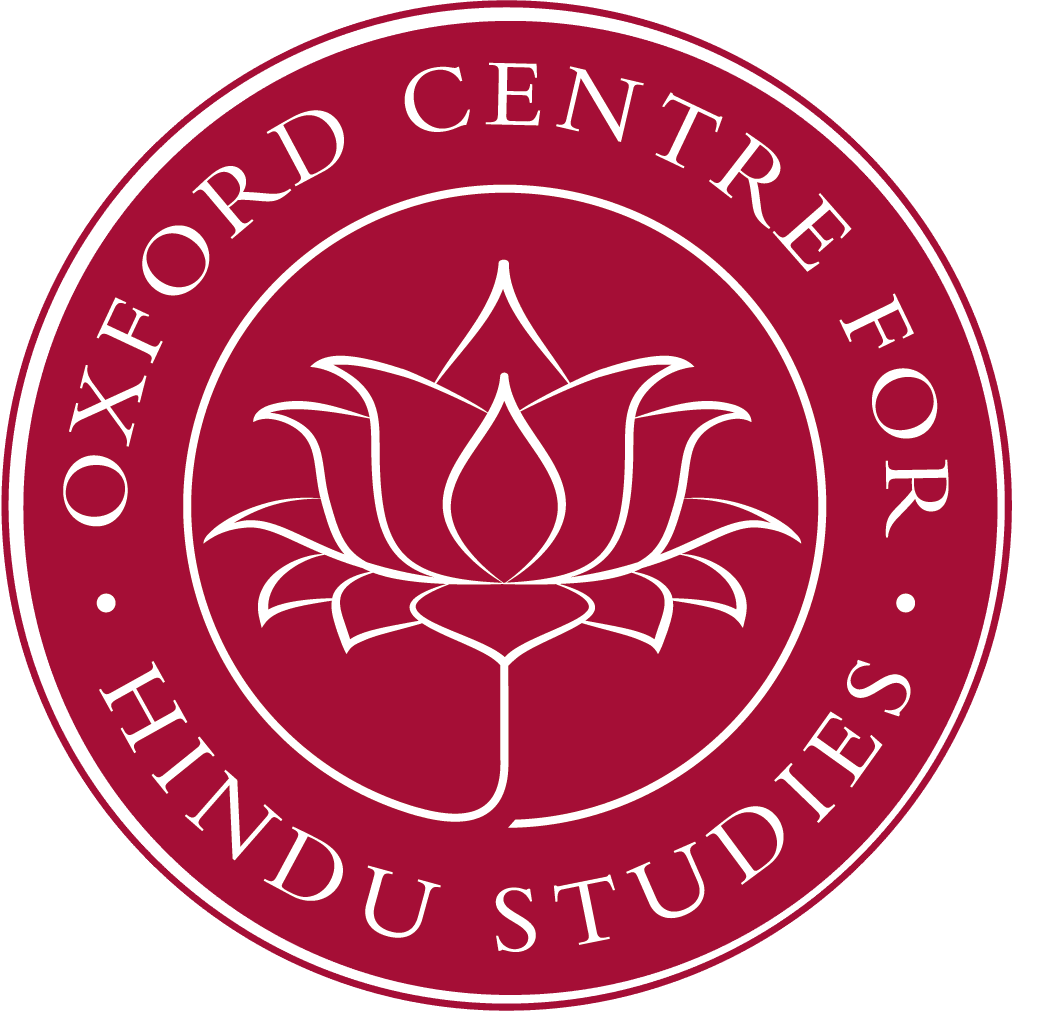This seminar focuses on various aspects of the Tantric mandala of Srisailam and the religious culture of Saiva and Sakta communities as is demonstrated in textual sources as well as hundreds of images depicted on the Prakara enclosure of the temple complex. The iconological patterns and symbolism of the images suggest that a Tantric mandala of Siva/Bhairava and Goddess Durga was created to represent a particular body of religious systems, cosmology, mysticism, visualization of deities and esoteric practices of Saivas and Sakta groups between the seventh and the fifteenth centuries. The mandala helps us to understand the ways Tantrikas conceptualized Srisailam as the macrocosmic universe of Siva and Sakti, and their religious worldview based on the soteriological goals to gain both worldly and supernatural enjoyments (bhukti) and powers (siddhis) as well as liberation in this life (jivanmukti). This seminar explores four facets of Tantric religious culture in order to 1) establish the Saiva-Sakta cultic connections and religious practices of Bhairava and Durga and the cult of Virabhadra and Bhadrakali 2) explore the goddess-oriented Sakta traditions such as the tribal connections of Durga prior to her transformation as the Great Goddess of Sanskrit tradition, the worship of seven mothers (saptamatrikas), the village goddess Camunda and Bhairavi, the goddess of Tantras 3) establish the development of esoteric practices of “mystical physiology” through the subtle body of energy system (cakras) to obtain either supernatural powers and to achieve god consciousness, the kundalini practice for the union of Siva and Sakti energies, and the Tantric visualization and meditation practices of Sadasiva and 4) the use of yantras, mandalas, lingas and images in meditation and worship.
Dr Prabhavati C. Reddy is an Adjunct Faculty member of Religious Studies at George Mason University in Virginia, USA. She is an interdisciplinary scholar with a Ph.D. in Sanskrit and Indian Studies from Harvard University, an M.A. in Asian Art History from the University of Texas-Austin, and an M.A and M.Phil. in Ancient History and Archaeology from Osmania University, Hyderabad, India. She has previously taught at George Washington University and was a two-year Andrew Mellon Post-Doctoral Fellow at Northwestern University where she taught in the Department of Religious Studies. She specializes in Hindu traditions and is interested in the historical development of sectarian traditions with reference to constructive theological frameworks and syncretism, religious authority and identity, and conflict and resolution in response to sociological and political processes. She is the author of Hindu Pilgrimage: Shifting Patterns of Worldview of Srisailam in South India (Routledge, 2014) and has published several articles on Indian art and Indian diaspora/Hindu temples in North America. She is currently working on two books entitled, The Tantra and Siddha Traditions at Srisailam: Kundalini and Hatha Yoga Practices in Medieval India and Vaisnava Rituals and Sacred Images. She has lectured at universities in both the U.S and India as well as has presented papers at professional conferences.
